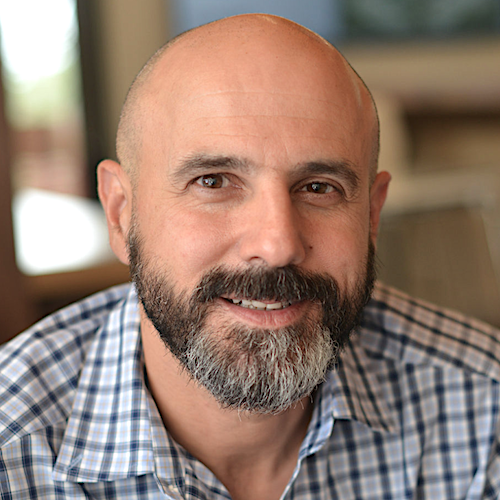
From skyrocketing healthcare costs to changes in household structures and ongoing concerns from the pandemic, huge shifts in the attitudes and behaviors of older adults are influencing multiple aspects of modern society — the most prevalent of all, residential living.
As go-to resources for developing spaces that allow for human connection, landscape architects continue to incubate ideas for inclusive environments that prioritize healthier lifestyles. Accelerating the adoption of place-based site design practices, designers are responding to the changing demand for senior living assets with shifting preferences toward more physical space that offers greater walkability, in-community services and connectivity to nature.
The realities of the diverging needs of the older adult population must inform the way future communities are planned and improved. You can build an environment that is limiting, segregated and insulated, or you can build one that encourages seniors to enhance their quality of life. It’s about offering delivery options for senior living and skilled care with richer programs and benefits.
Recent research by the Global Wellness Institute indicates that external and environmental factors are responsible for up to 80 to 90% of our health outcomes. Access to healthcare, socioeconomic factors and exposure to the outdoors affect our health by influencing our behaviors.
“Buildings and infrastructure are as important as immunizations,” GWI explains. “Pocket parks, paths and plants are as beneficial as prescriptions; friends and neighbors are more important than Fitbits.”
Rather than designing senior living communities to shield residents from the next pandemic, landscape architects are building on trends that took root before the arrival of COVID-19. Those include higher-density — or “micro-urbanist” — communities, incorporating an array of housing choices and inpatient healthcare facilities within the same neighborhood to cultivate healthier homes and invite multigenerational families. Roadways spun with gentle curves to reduce speed, bike lanes and jogging paths wide enough for personal mobility devices, and simplified and convenient access to amenities, activities and services will continue to be the norm. Natural ventilation, views from the indoors out, and biophilic design practices speak to society’s newfound focus on a reconnection to the outdoors and responsibility to wellness.
We are seeing the needs of an aging population dovetail with trends similar among millennials for existential experiences and living life to the fullest. For many — especially those living in exurbs or isolated communities — it’s about moving to an area that offers more social and recreational activities that will keep them active and engaged. Mixed-use urban quarters, where older adults can share life with younger people and reaffirm their connection to the world of the mind and culture, are gaining in popularity. This downsizing trend coincides with less autocentric living and better access to amenities of a thriving downtown and nearby health offerings. The demand is there. Many generations aren’t interested in being “in the middle of nowhere,” nor do they want to be isolated in 55-plus housing.
Approximately 10,000 people turn 65 each day, a rate that will repeat for much of the next two decades, with baby boomers bound to outnumber the 15-and-under crowd by the middle of the century. As the ranks of older adults continue to grow and their memories of the pandemic linger, healthy environments will be natural selling points for communities intended to accommodate them.
Trends already underway also are reshaping and repurposing outdoor realms. New and existing communities will do well to minimize pavement and maximize green space, or simply create tree canopies for healthful, soothing shade. Meanwhile, existing golf courses are being reimagined as residents use onsite courses as parks for picnicking and cart paths for walking and biking.
Of course, and as always, the design and planning for any community following the pandemic will be shaped by a myriad factors. Personally and professionally, I believe that “holistically human” should be the paradigm for new communities, senior living or otherwise. We’re all re-learning what’s important as the lines between home, work and leisure blur further.
We must reassess our abilities to meet the safe, appropriate and affordable lifestyle requirements of current and future residents with design choices, transportation options and supportive services that make sense. Just as individual older adults have different needs, the communities that serve them will need to adapt so that the “life cycle” of our communities become one where residents are able to live comfortably throughout the full spectrum of their lives.
Pablo S. Massari, PLA, is principal of EDSA, a planning, landscape architecture and urban design firm headquartered in Fort Lauderdale, FL.


